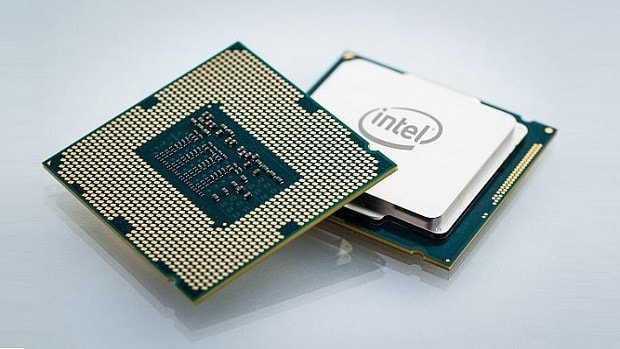Things are not looking good for Intel since the year 2018 began with Spectre and Meltdown exploits coming to light and AMD Ryzen slowly gaining on Intel. Now, another critical threat has been discovered in Intel CPU by researchers in the form of a hyper-threading based exploit dubbed “TLBleed” with a success rate of 99.8%.
According to researchers at Systems and Network Security Group at Vrije Universiteit Amsterdam, they have discovered a new critical flaw in Intel CPUs in the form of a hyper-threading exploit.
The reason why this side-channel vulnerability for hyperthreaded is named “TLBleed” is that the exploit uses the CPU’s TLB(Translation Lookaside Buffer).
TLB is a form of a cache that stores “mappings from virtual memory addresses” to physical memory addresses. As the title suggests, the TLBleed exploit works with the help of Intel’s hyper-threading technology in Intel CPU.
The hyper-threading tech allows each core in the CPU to execute multiple threads and when two programs are being executed by the same core, one thread can spy on the other through examining how the thread accesses the private resources of the CPU.
According to researchers, with the help of TLBleed, they were able to extract cryptography keys from another program and the success rate was 99.8% on the Intel Core i7-6700K.
Not only that, the researchers note that using other Intel CPUs to test TLBleed resulted in high success rates.
However, there is some good news which is, in order for TLBleed to work a malware has to be installed on the system which can be snuffed out by an anti-virus. Furthermore, researchers noted that there is no evidence as of yet that this exploit is being used by hackers.
Speaking of Intel, a report has made its way on the internet which suggests that Intel’s insistence on integrating the x86 in its CPUs is the reason why it is way behind its competitor.
What do you think of this latest exploit in Intel CPUs? Let us know in the comments.
Souce: Register
